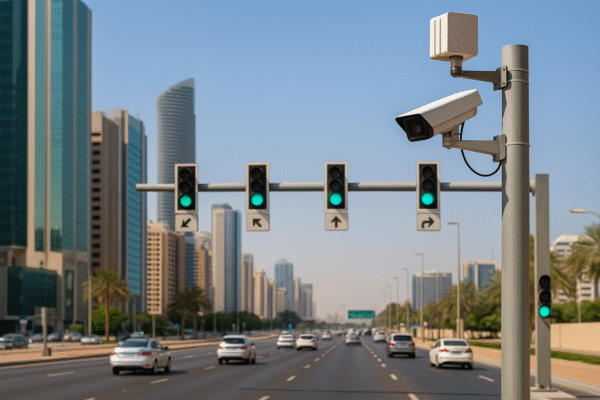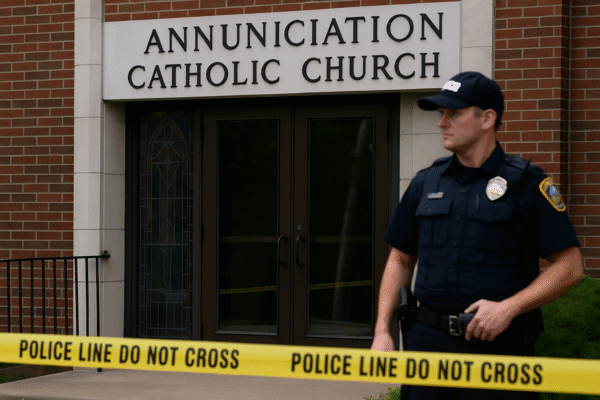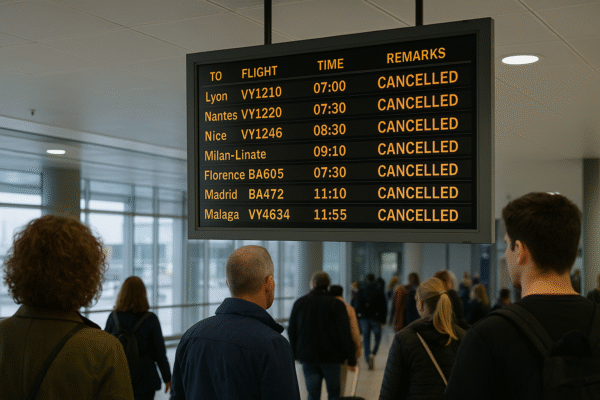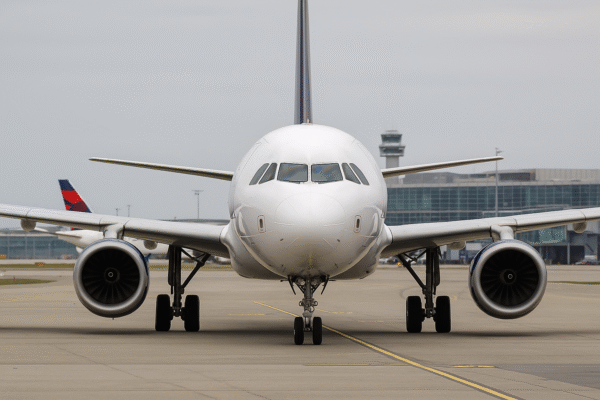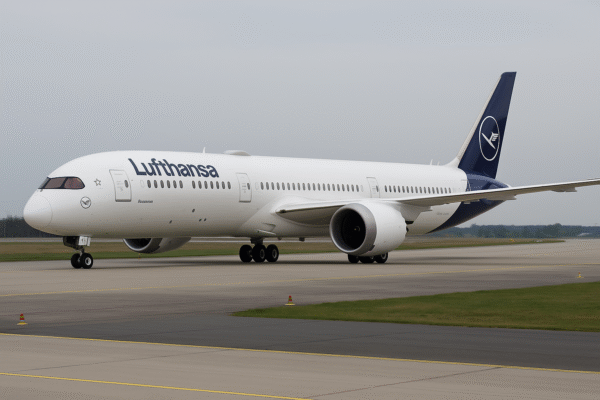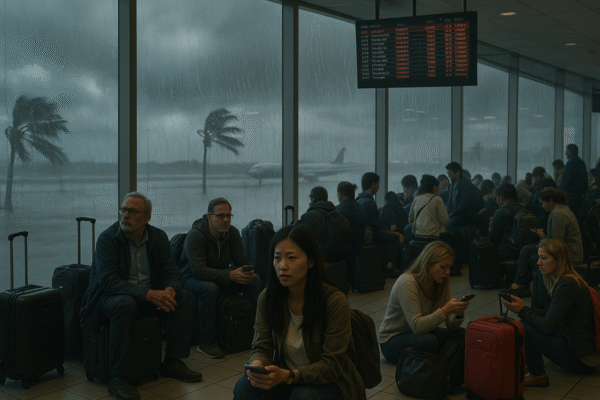Typhoon Nari Grounds Over 800 Flights in Japan, Stranding Tourists at Major Airports
Tokyo, Japan — Thousands of international and domestic tourists were left stranded across Japan as Typhoon Nari barreled through the country, grounding more than 800 flights and severely impacting airport operations at Tokyo’s Haneda and Narita airports, as well as Kansai International Airport in Osaka. The powerful typhoon made landfall near Cape Erimo in Hokkaido, bringing torrential rain, gale-force winds, and widespread disruption to Japan’s aviation system at the height of summer travel season.
According to the Japan Meteorological Agency (JMA), Typhoon Nari packed winds exceeding 126 km/h (78 mph) as it tracked northeast along the country’s Pacific coastline before becoming extratropical over the Sea of Okhotsk. In its path, it left behind an unprecedented trail of air traffic delays, affecting major carriers such as ANA, Japan Airlines, Air China, Korean Air, United Airlines, Qantas, and Malaysia Airlines.
Haneda Airport Bears the Brunt of Disruptions
Tokyo Haneda International Airport, one of Asia’s busiest, experienced the largest impact, with 412 flights delayed and one cancellation. Domestic carriers including ANA, Japan Airlines, and Solaseed Air saw up to 40% of their schedules disrupted. International carriers such as Qantas, United, and Philippine Airlines also experienced cascading delays as airport ground handling slowed due to poor visibility and saturated runways in the Kanto region.
Narita Airport Sees 140 Flights Affected
Narita International Airport, Tokyo’s primary long-haul hub, reported 140 delayed flights. Carriers such as Jetstar Japan, China Eastern, XiamenAir, and Juneyao Airlines posted delay rates of up to 60%. While no cancellations were reported at Narita, passenger movement was significantly impeded as airport buses and rail services faced intermittent suspension.
Kansai and Regional Airports Struggle to Maintain Operations
Kansai International Airport in Osaka saw 111 delays, with airlines such as Peach Aviation, Korean Air, and Air China particularly impacted. Shifting typhoon wind bands forced aircraft to extend taxiing and boarding times. Southeast Asia-bound flights and connections to China and Australia were especially disrupted due to weather alerts and ripple effects from Tokyo-area airports.
Further south, Fukuoka Airport experienced 80 delays. Airlines such as EVA Air, ANA Wings, and Japan Airlines reported service degradation even though the airport was not directly in the storm’s trajectory. Flight diversions and crew reassignment challenges further aggravated the situation.
Chubu Centrair International Airport, serving Nagoya, saw 33 flight delays. Regional carriers like Fuji Dream Airlines and Jin Air experienced delay rates of over 30%. Fast-moving coastal winds along Japan’s central coast caused significant turnaround delays.
In northern Japan, New Chitose Airport near Sapporo faced 72 delays and one cancellation, with tourists attending Hokkaido’s popular summer events forced to seek last-minute accommodation. Airlines including Spring Airlines and Tigerair had all flights affected due to the storm’s direct hit in the region, which recorded over 120 mm of rainfall.
Small Airports Also Affected
Even smaller regional airports were not spared. Hiroshima Airport faced 14 delays, while Okayama Airport experienced six. Although minimal in number, the disruption was substantial relative to their daily capacity. These airports act as feeder hubs to Tokyo and Osaka, and the backlog from the main airports cascaded into secondary terminals.
Airlines Scramble for Recovery Amid Passenger Gridlock
Japan Airlines and ANA faced the largest impact, with over 290 combined delays. Low-cost carriers like Peach Aviation, Jetstar Japan, and Air Do also experienced widespread operational stress. International carriers including Air China, Korean Air, and United Airlines dealt with system-wide rebooking efforts, as incoming aircraft remained stuck or rerouted.
Airlines and airport operators urged travelers to monitor flight status updates closely and to anticipate continued disruptions as the typhoon’s after-effects linger. According to the JMA, regions including Kanto-Koshin and Hokkaido may continue to see heavy rain and wind through midweek, potentially extending delays.
Typhoon Season Brings Recurrent Aviation Challenges
Japan’s summer typhoon season regularly brings travel instability, but Typhoon Nari ranks among the most disruptive in recent years. The event once again highlights vulnerabilities in Japan’s aviation system during severe weather, particularly during peak tourism months.
Climate experts have pointed to rising sea surface temperatures in the western Pacific as a contributor to stronger and more frequent typhoons. As a result, Japanese airports may need to increase the resilience of their scheduling systems and invest in faster recovery infrastructure.
What’s Next for Stranded Tourists?
Tourists stranded at terminals in Tokyo, Osaka, Sapporo, and Fukuoka have been provided with basic amenities, but many continue to await rebooking updates or last-minute hotel arrangements. As demand for alternate flights spikes, prices have soared and seat availability has diminished.
The Japan National Tourism Organization (JNTO) has advised travelers to consult with airport information desks, airline helpdesks, and official transportation websites for the latest updates. Emergency support is also being offered through prefectural tourism assistance centers.
Final Tally of Typhoon Nari’s Aviation Impact
- Haneda Airport: 412 delays, 1 cancellation
- Narita Airport: 140 delays
- Kansai Airport: 111 delays
- Fukuoka Airport: 80 delays
- New Chitose Airport: 72 delays, 1 cancellation
- Chubu Centrair Airport: 33 delays
- Hiroshima Airport: 14 delays
- Okayama Airport: 6 delays
As Japan recovers from Typhoon Nari’s sweeping disruptions, the aviation sector is bracing for more weather-related instability this typhoon season. Meanwhile, tourists remain grounded—both literally and figuratively—as they await clearer skies and open runways.
For more travel news like this, keep reading Global Travel Wire

